Retro Replay Review
Gameplay
Margrave Manor 2: The Lost Ship retains the core hidden-object gameplay of its predecessor while expanding on its adventure elements. Players spend most of their time scanning intricately detailed scenes for a list of items displayed at the bottom of the screen. Each location aboard the decaying Aurora Dusk feels like a self-contained puzzle, with cluttered decks, cabins, and engine rooms that reward careful observation. The familiar “click-to-find” mechanic is polished with subtle visual and audio cues, ensuring that even veteran hidden-object fans remain engaged.
(HEY YOU!! We hope you enjoy! We try not to run ads. So basically, this is a very expensive hobby running this site. Please consider joining us for updates, forums, and more. Network w/ us to make some cash or friends while retro gaming, and you can win some free retro games for posting. Okay, carry on 👍)
Beyond simple object hunting, the game integrates an inventory system that adds depth to the exploration. When you collect key items—be they rusty gears or fragments of an old map—they’re stored in a separate inventory screen. Drag-and-drop interactions allow you to use these objects in context: fitting a cog into a broken mechanism or inserting a key to unlock a padlock. These inventory puzzles break up the routine of object-finding and introduce a satisfying sense of progression as you restore functionality to the ship’s mechanisms.
In addition to inventory-based puzzles, the Lost Ship features dedicated mini-puzzle screens that diversify the experience. You’ll encounter jigsaw puzzles with cryptic letters, a spot-the-difference challenge comparing two nearly identical corridors, and classic brain teasers like tangram arrangements of precious jewels. There’s even a Pipe Dream–style plumbing puzzle and a pentomino-style configuration task. A helpful hint button highlights one item every few minutes, ensuring the experience remains accessible without feeling trivial.
Graphics
The visual presentation of Margrave Manor 2 leans heavily into atmospheric detail. Ship interiors are rendered with a muted palette of grays, browns, and sea-worn blues that evoke a sense of abandonment and decay. Faint rays of light pierce the gloom, illuminating water-drenched floorboards and corroded metal surfaces. Every crack in the hull and strand of fraying rope feels purposeful, contributing to the game’s moody maritime aesthetic.
Close-up art in puzzle segments is crisp and readable, ensuring that even the smallest pentomino piece or letter fragment is distinguishable against its background. The transition between the main hidden-object scenes and specialized puzzle screens is seamless, preventing any jarring shifts in visual style. Animations—like dripping water, flickering lanterns, and gently swaying rigging—enhance immersion without compromising performance, even on modest hardware.
Character portraits and cut-scene illustrations are rendered in a softly painted style that complements the game’s tone. Edwina Margrave herself is depicted with expressive eyes and subtle facial animations, conveying determination and curiosity. While the game doesn’t feature full-motion video, its series of illustrated narrative panels does a credible job of advancing the plot and maintaining player engagement between search-and-find segments.
Story
The narrative hook of Margrave Manor 2 centers on Edwina Margrave, an orphan who has lived her entire life without any knowledge of her true family. When a mysterious letter arrives announcing the discovery of her ancestral ship, the Aurora Dusk, she embarks on a journey to the coastline to reclaim her inheritance and uncover the secrets her lineage has long kept hidden. This setup provides compelling emotional stakes: Edwina’s quest to solve puzzles becomes entwined with her personal quest for identity.
As you explore the ship’s various compartments, you piece together logbook entries, faded family portraits, and cryptic messages etched into the walls. These narrative fragments gradually reveal the Margrave family’s dark past: smuggling operations, stormy betrayals, and the circumstances that left the Aurora Dusk adrift. Story beats are well-paced, with each new chamber yielding fresh revelations and deepening the mystery rather than overwhelming the player with exposition.
Dialogue and in-game journals strike a balance between clarity and intrigue. Key NPCs—accessed through letters or intermittent radio chatter—offer hints about the ship’s fate without spoon-feeding solutions to puzzles. This storytelling approach ensures that players remain invested in Edwina’s journey, both as a hidden-object challenge and as an emotional narrative about reclaiming lost heritage.
Overall Experience
Margrave Manor 2: The Lost Ship offers a thoroughly polished hidden-object adventure that will please fans of the first game and newcomers alike. Its marriage of detailed search-and-find scenes, clever inventory puzzles, and a suite of mini-games ensures a varied gameplay loop that rarely feels repetitive. The built-in hint system and freeplay mode make it accessible to casual gamers, while completionists can revisit unlocked areas to ensure no relic goes unfound.
The game’s atmospheric graphics and evocative sound design transport players to a ship that feels convincingly haunted by time and saltwater. Soft background music and ambient creaks reinforce the sense of isolation, while occasional storm sounds remind you of the sea’s lurking power. Combined with Edwina Margrave’s engaging personal story, these production values elevate the hidden-object formula into a memorable narrative-driven experience.
Whether you’re seeking a relaxing puzzle game or an engrossing mystery, The Lost Ship delivers on both fronts. Its intuitive interface, gradual difficulty curve, and narrative depth make for several hours of captivating exploration. If you’ve ever wondered what lies beneath the waves of your own family history, embark on this voyage—you may just discover more than you bargained for.
 Retro Replay Retro Replay gaming reviews, news, emulation, geek stuff and more!
Retro Replay Retro Replay gaming reviews, news, emulation, geek stuff and more!
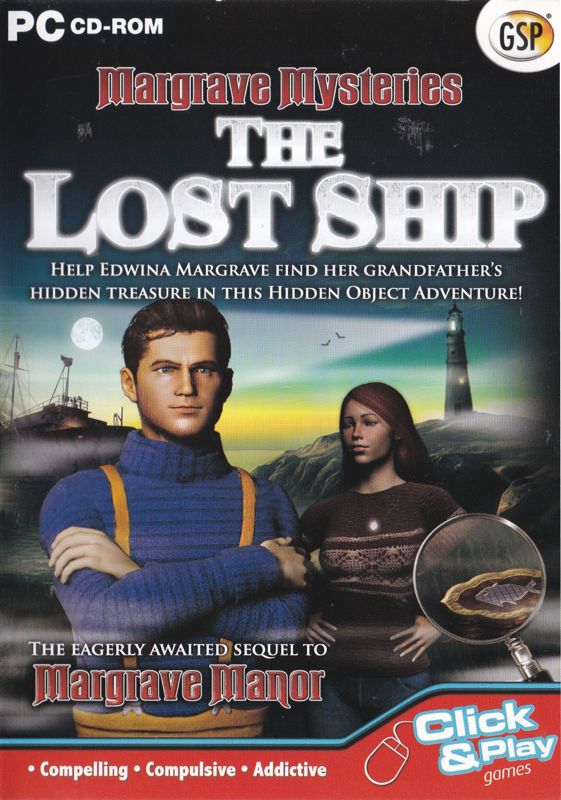
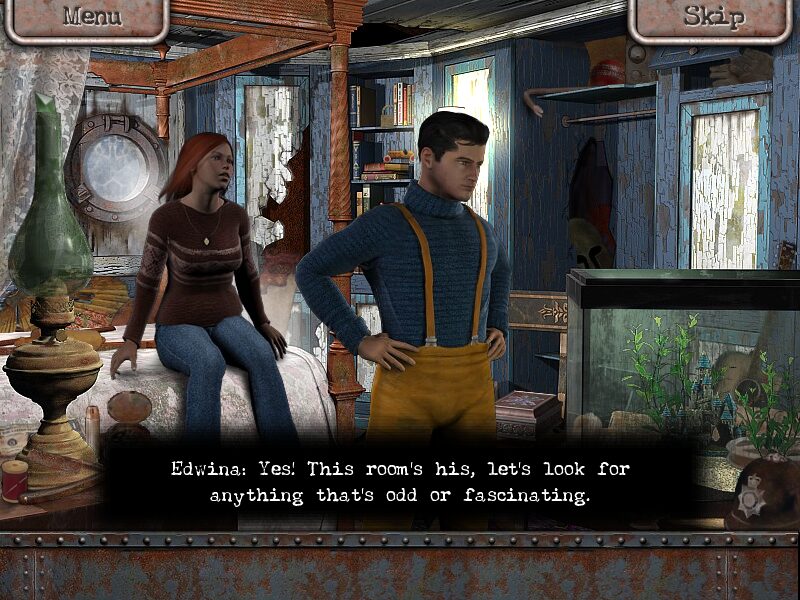
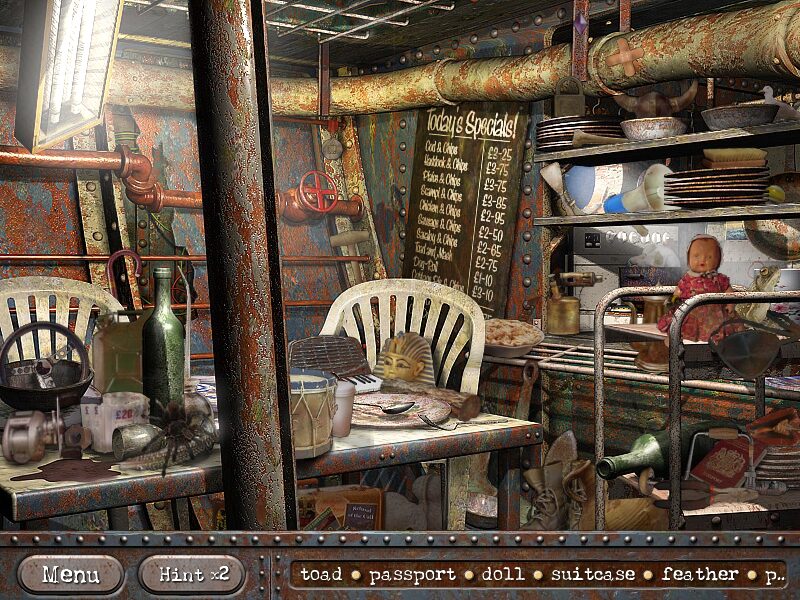
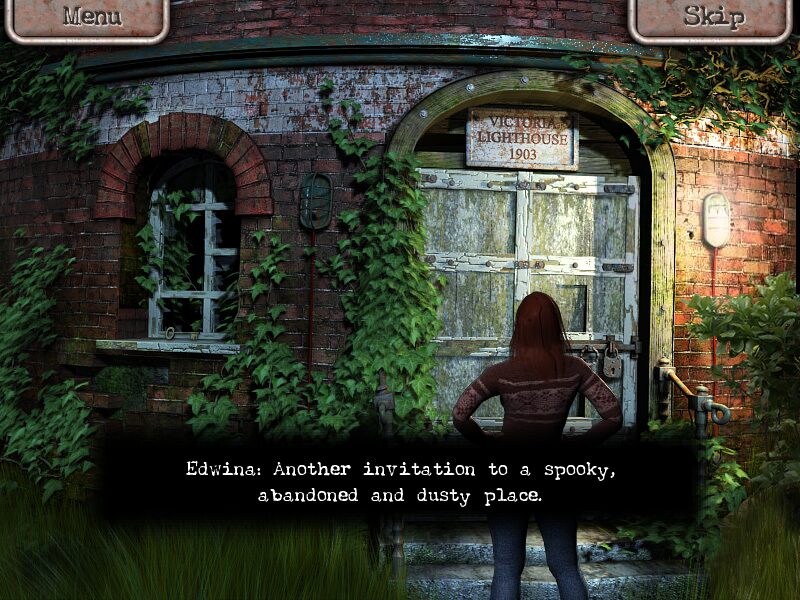
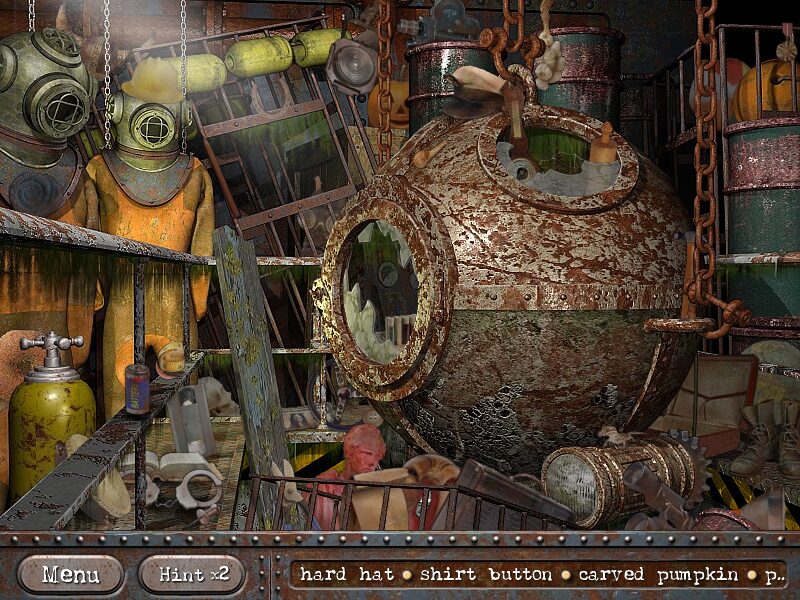
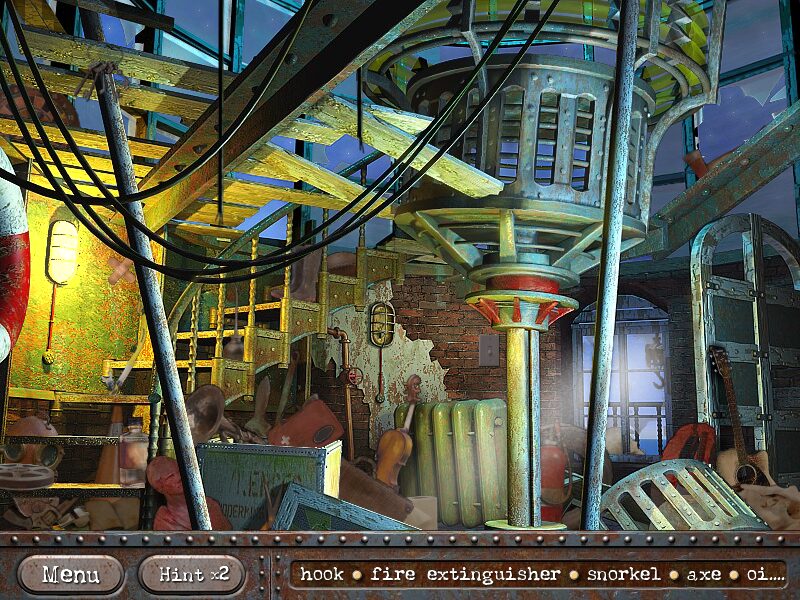



Reviews
There are no reviews yet.